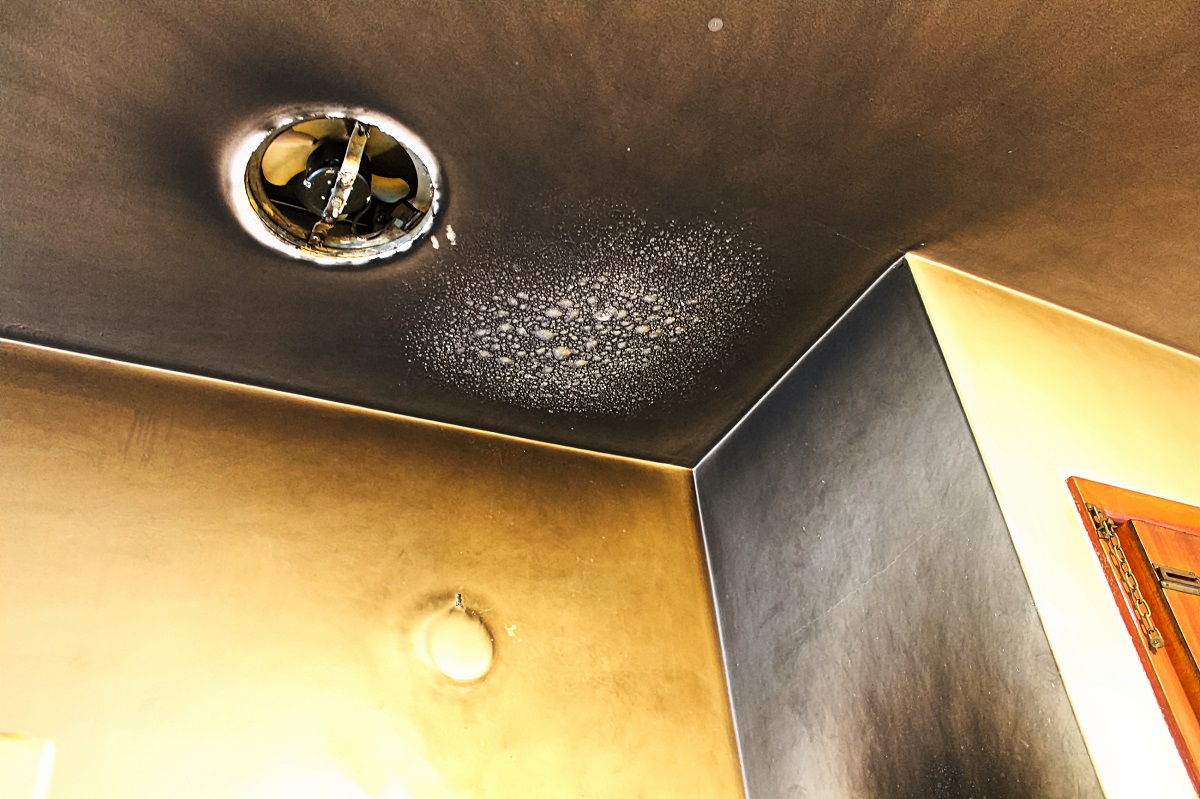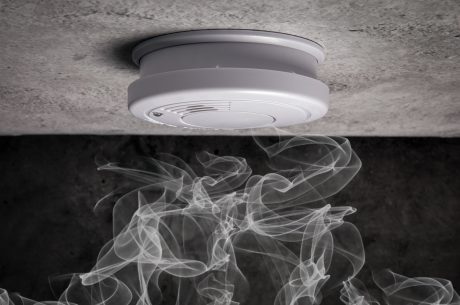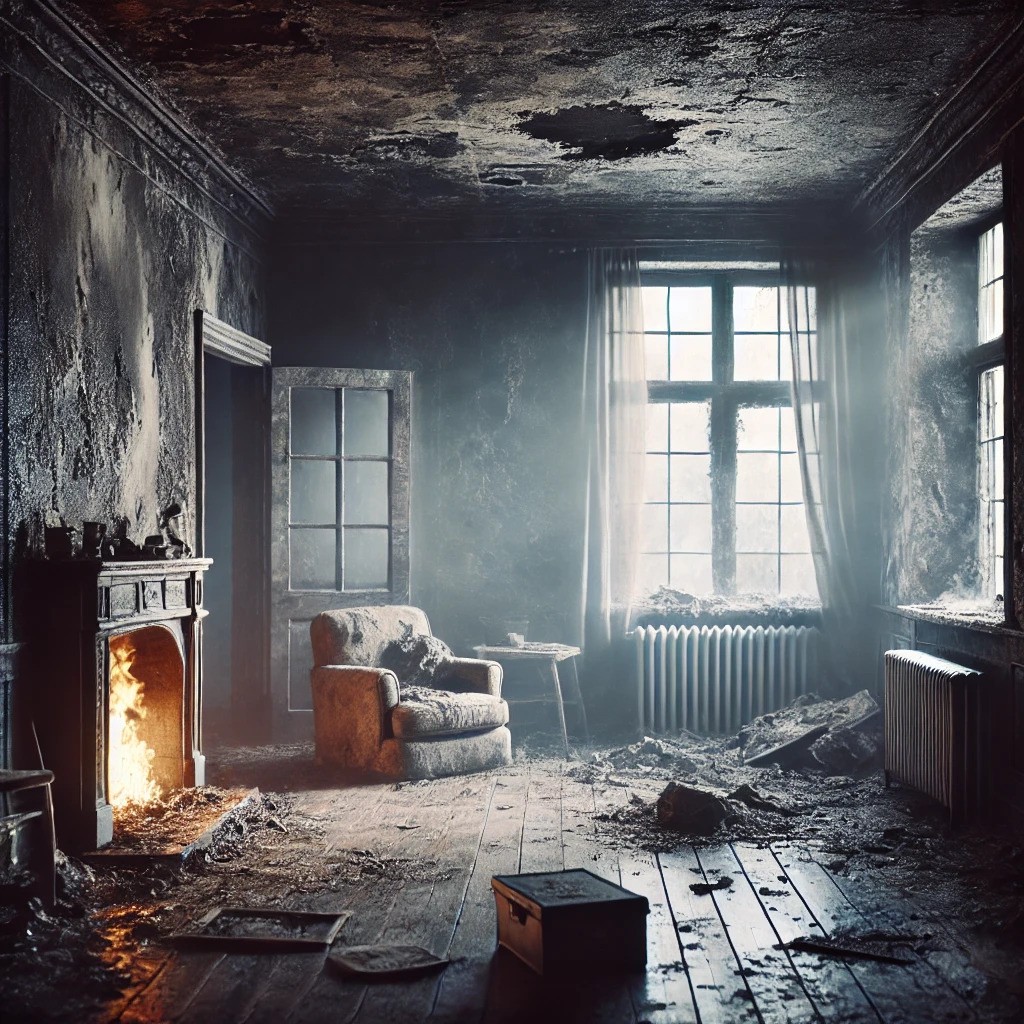Table of Contents

When a fire ravages a property, the visible destruction is often overwhelming. However, beyond the charred remains and soot-covered surfaces, there is another significant issue that lingers long after the flames have been extinguished: the persistent odor of smoke. Effective fire damage clean up involves not just repairing and restoring the physical damage but also addressing the pervasive odors that can affect the comfort and health of the occupants. This blog post delves into the critical role of odor removal in fire damage clean up, explaining why it’s essential and how it can be effectively managed.
Understanding Smoke Odor After a Fire
Smoke odor is one of the most stubborn and unpleasant reminders of a fire. During a fire, various materials burn, each releasing its own unique set of chemicals and particulates into the air. These can include everything from wood and fabric to plastics and synthetic materials. As these substances burn, they produce tiny smoke particles that can penetrate deep into porous materials such as walls, carpets, furniture, and even insulation. The result is a lingering, pervasive smell that can be difficult to eliminate without professional fire damage clean up.
Why Odor Removal is Crucial in Fire Damage Clean Up
Odor removal is a critical component of fire damage clean up for several reasons:
1. Health Concerns:
The lingering smell of smoke is not just unpleasant; it can also pose health risks. Smoke contains harmful chemicals and toxins that can cause respiratory problems, headaches, dizziness, and other health issues. Effective odor removal during fire damage clean up helps ensure that the indoor air quality is restored to a safe and healthy level.
2. Property Value:
A property that retains the smell of smoke will suffer from diminished value. Whether you’re planning to sell your home or rent out a space, a lingering odor can be a major deterrent to potential buyers or tenants. Proper odor removal as part of the fire damage clean up process helps maintain or even enhance the property’s marketability.
3. Psychological Impact:
The smell of smoke can serve as a constant reminder of the traumatic event of the fire, making it difficult for homeowners to move forward and feel comfortable in their space again. Addressing odors during fire damage clean up helps restore a sense of normalcy and peace of mind.
Steps in Odor Removal During Fire Damage Clean Up
Successfully removing odors during fire damage clean up requires a systematic and comprehensive approach. Here’s how professionals typically handle the process:
1. Initial Assessment:
The first step in fire damage clean up, including odor removal, is a thorough assessment of the property. Professionals will identify the extent of the smoke penetration, the types of materials affected, and the specific sources of the odor. This assessment helps determine the most effective strategies for odor removal.
2. Cleaning and Decontamination:
Surface cleaning is a crucial part of fire damage clean up. Walls, ceilings, floors, and other affected surfaces are thoroughly cleaned to remove soot and smoke residues. This step is vital because any remaining soot can continue to emit odors over time. Specialized cleaning agents and techniques are used to ensure that all traces of smoke are removed.
3. Air Purification:
Once the surfaces are cleaned, the air within the property must also be treated. High-efficiency particulate air (HEPA) filters and air scrubbers are commonly used during fire damage clean up to capture smoke particles and purify the air. This step helps reduce the overall odor and improves indoor air quality.
4. Odor Neutralization:
Simply cleaning the air and surfaces is often not enough to fully eliminate smoke odors. Fire damage clean up professionals use advanced techniques such as thermal fogging, ozone treatment, or hydroxyl generators to neutralize remaining odors. These methods work by breaking down the odor molecules at a chemical level, ensuring that the smell is completely eliminated.
5. Deodorizing Affected Materials:
Porous materials like upholstery, carpets, and clothing often absorb smoke odors deeply. During fire damage clean up, these materials may be treated with specialized deodorizing agents or even removed and replaced if the odor cannot be fully eradicated.
6. Final Inspection and Monitoring:
After the fire damage clean up process is complete, a final inspection is conducted to ensure that all odors have been effectively removed. In some cases, air quality tests may be performed to confirm that the property is safe for occupancy. Ongoing monitoring may also be recommended to ensure that no residual odors resurface.
Choosing the Right Professionals for Fire Damage Clean Up
Given the complexity and importance of odor removal, it’s essential to choose experienced and qualified professionals for fire damage clean up. At PuroClean of Coral Gables, we specialize in comprehensive restoration services and have a proven track record of successfully removing smoke odors. They should use state-of-the-art equipment and techniques and be able to provide you with a detailed plan for restoring your property to its pre-fire condition.
Conclusion
Odor removal is a critical yet often overlooked aspect of fire damage clean up. While the visible damage from a fire is alarming, the lingering odors can continue to affect the health, comfort, and value of your property long after the flames have been extinguished. By understanding the role of odor removal in fire damage clean up and working with qualified professionals, you can ensure that your property is fully restored, and the unpleasant reminders of the fire are eliminated for good.
Call us on +1 305 894-4343 for Odor removal and fire damage clean up. We are available 24/7 to respond to any emergency.



 PuroClean of Coral Gables
PuroClean of Coral Gables